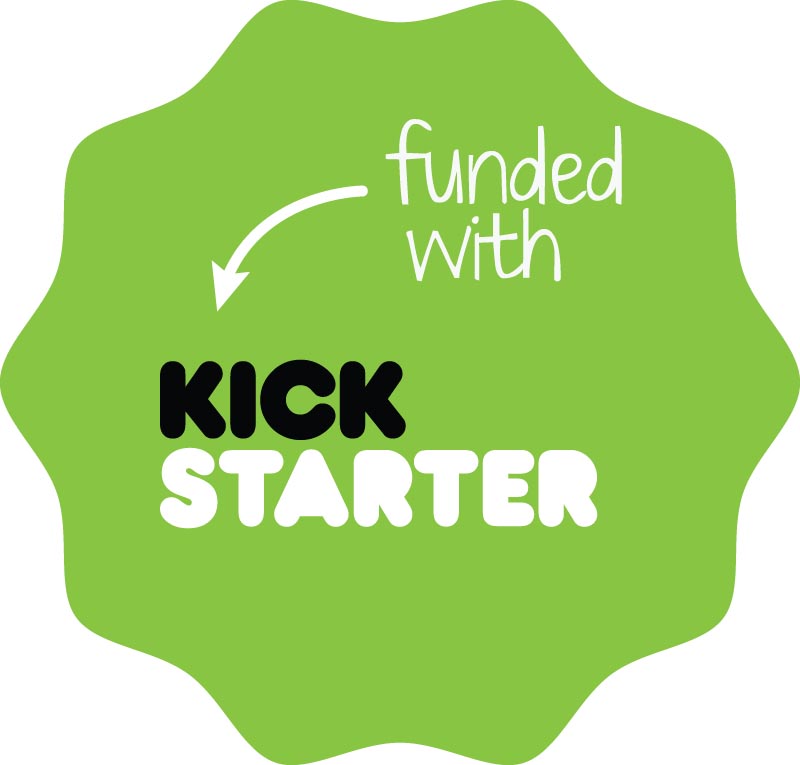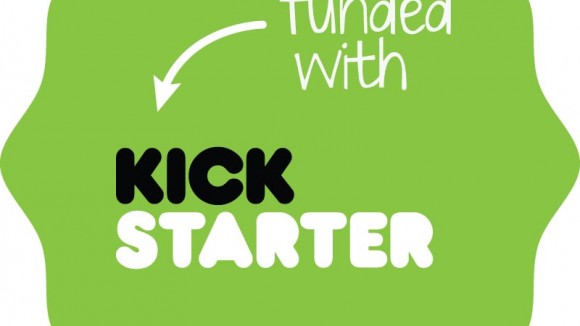

How to Run a Successful Kickstarter Campaign
A few months ago, Colorado-based filmmaker Corrie Francis Parks raised nearly $12,000 through Kickstarter to create her first professional animated short. Afterward she wrote a detailed blog post explaining how she did it. There’s lots of valuable advice in her post, including the importance of setting a realistic fundraising goal and managing the campaign after it’s launched:
Like many artists, I’m not much of a self-promoter, so I had to find ways to keep sharing the project over and over without losing my authenticity. I also wanted to share something meaningful with my potential backers. This meant creating new content by writing project updates, offering special rewards at landmark moments, making some new rewards when the funding flat-lined. One of the sand paintings I created for a special reward. I had 450 people on my email list, and after every email, I saw a jump in the pledges. I asked people to share the project with 2 of their friends in a personal email or phone call. 35% of my backers are people i don’t know, but I’m pretty sure many are a result of those emails and phone calls.
Fundraising is in many ways a full-time job. One of my next-door neighbors recently raised over $40,000 for her film project, but she had to commit a couple months to full-time campaigning. Deciding whether you want to commit the time and effort to raising money is an important decision to make before embarking on any fundraising campaign.
(link to Corrie’s blog via ASIFA-SF newsletter)

